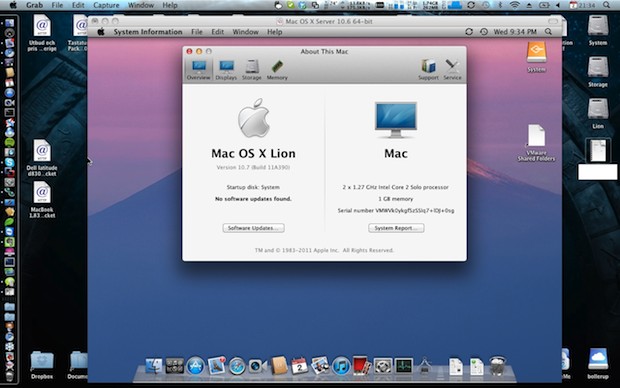

As the function keys are often part of them, we suggest that you change the behaviour of function keys (Apple Support) so you do not have to use the Fn key for them, too. Keyboard shortcuts of desktop screen readers are quite tricky (if you are really curious and want to learn more about this, skip ahead and read The Insert Modifier Key and also Screen Reader Shortcuts). Windows desktop screen readers make use of the function keys ( F1 to F12) a lot.īy default, in macOS, you have to press the Fn key in addition to the specific function key to trigger it. Remember that you can still use the right Command key to open and close the "Start" menu.
#Run vmware on mac password
User and password can be found here: Getting a free Windows virtual machine from Microsoft. To be able to connect to the internet, click Add Device.

#Run vmware on mac full
If you have a retina display, go to Display and deselect Use full resolution for Retina display (otherwise your eyes will begin to hurt).For more info, see Understanding snapshots (VMware).This allows to easily go back to that state later, meaning you can re-activate the VM's Windows 90-day license again and again.Take a snapshot ( Command + Shift + S).Choose File → Import, select the *.ovf file in the extracted folder and confirm.Installing VMware FusionĪfter downloading VMware Fusion, installing and launching it: Then extract the VM (using The Unarchiver, as the built-in unzip version is not capable of zip64 files) to a proper location, for example ~/Virtual Machines. Once properly set up, accessibility testing on macOS will be as comfortable as it gets.īefore you proceed, be sure you have downloaded a pre-configured virtual machine (VM) as described here: Getting a free Windows virtual machine from Microsoft.

On macOS, running Windows as a virtual machine needs some special configuration, especially to integrate it seamlessly into the daily workflow.


 0 kommentar(er)
0 kommentar(er)
